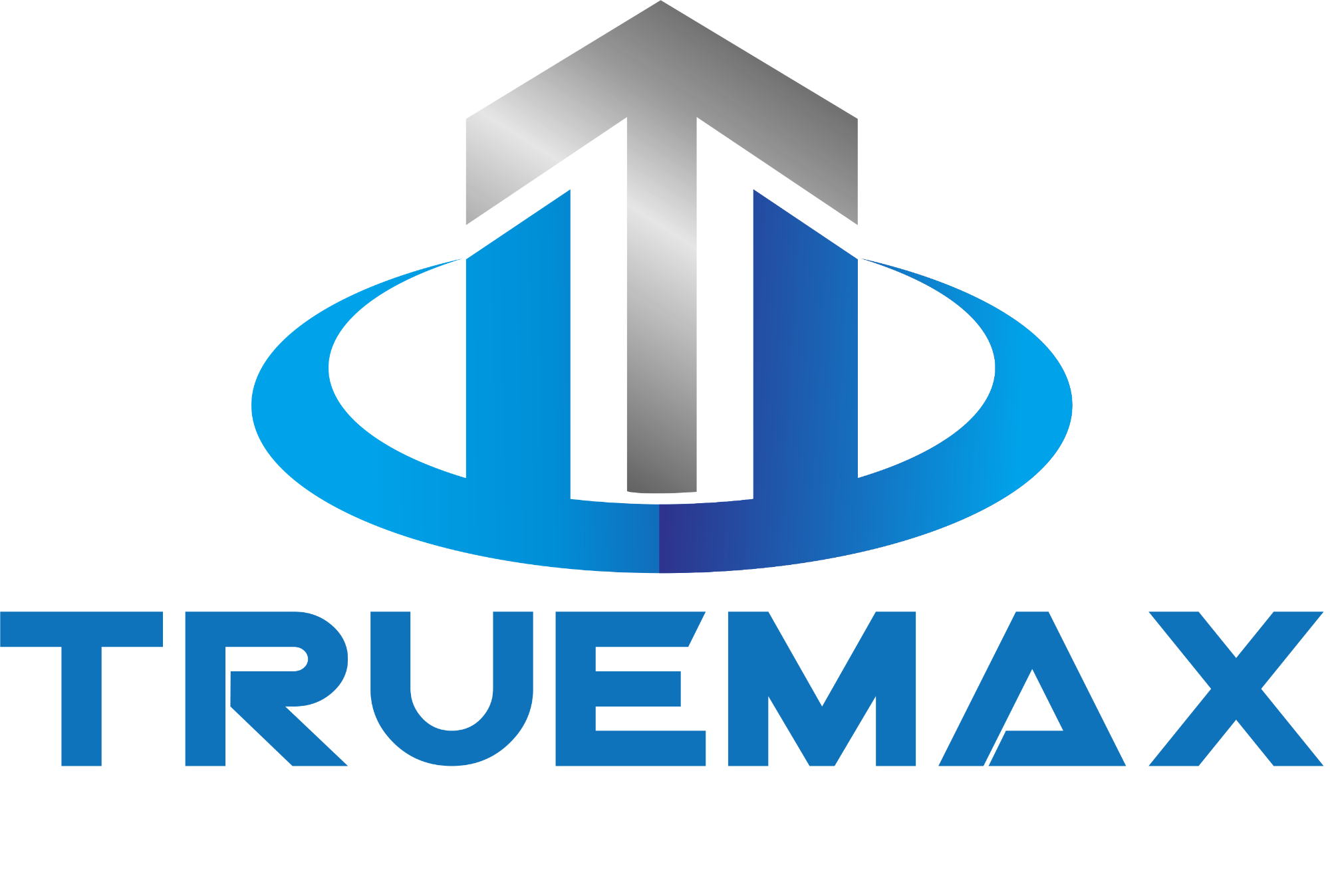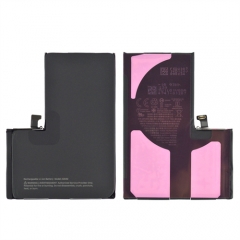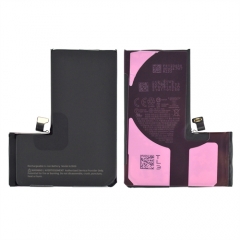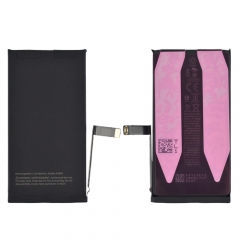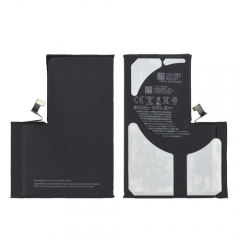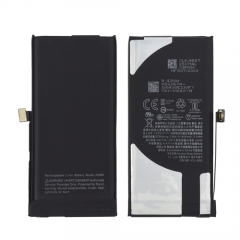In what could be described as "the slowest flagship phone launch ever", Huawei is gradually launching the P50 series worldwide following a Chinese launch in late July - itself delayed from March.
After a mountain of rumours and leaks, chip shortages, limitations imposed upon the company by US sanctions and successive delays, the P50 series was finally able to make its debut, showcasing a new design, new software and new technologies.
2020's Huawei P40 and Mate 40 series were unquestionably impressive, but now it's up to the P50 series to carry the torch for the brand, in spite of everything it's faced throughout its development.
When will the Huawei P50 be released?
Huawei unveiled the P50 and P50 Pro in China on 29 July, and the phones went on sale there in August. Despite that we're still waiting for any international launch of either device - not to mention any sign of the rumoured P50 Pro+, which hasn't even been shown off in China.
In October 2021 the company finally announced release plans for the rest of the world... but only to say that the P50 series will launch internationally "early next year".
In a statement to Tech Advisor, Huawei blamed "challenges to its supply chain" which "impacted go-to-market plans for this flagship device overseas" - coyly noting that these are "For reasons that are known to everyone." Still, we can't help but wonder if Huawei plans to adjust the P50's hardware spec for its global launch, perhaps even to update to a 4G version of the rumoured Snapdragon 898.
We discuss the P50 series' delay to 2022 in episode 88 of our weekly podcast, Fast Charge:
At the same time Huawei did give a few other products global launches - including the Nova 9 (which had previously launched in China), the Watch GT 3 series and a new set of wireless earbuds designed to look like lipstick.
How much does the Huawei P50 cost?
With limitations on 5G connectivity and delays that could be seen as impacting on the P50 Series' relevance, it'll be interesting to see the reception these phones receive once they're on sale.
At present, Huawei has only published Chinese pricing, which breaks down as follows (pricing in brackets is directly converted and doesn't reflect actual international prices, which will likely be notably higher in each instance).
Huawei P50 pricing
- 8GB RAM + 128GB storage = CNY¥4488 (£500/€585/USD$695/INR₹51,600)
- 8GB RAM + 256GB storage = ¥4988 (£550/€650/$770/₹57,350)
Huawei P50 Pro pricing
- 8GB RAM + 128GB storage = ¥5988 (£665/€780/$930/₹68,855)
- 8GB RAM + 256GB storage = ¥6488 (£720/€845/$1,005/₹74,600)
- 8GB RAM + 512GB storage = ¥7488 (£830/€975/$1,160/₹86,100)
- 12GB RAM + 512GB storage = ¥7988 (£885/€1,040/$1,235/₹91,850)
- 12GB RAM + 512GB storage, "Collector's Edition" = ¥8488 (£940/€1,100/$1,315/₹97,595)
For reference, pricing of previous P Series phones has been reasonably consistent for the last few years, as you can see from this breakdown of the previous models:
- P20 - £599/€699
- P30 - £699/€799
- P40 - £699/€799
What features does the Huawei P50 offer?
While we knew Huawei had had to deal with chip shortages during the P50 Series' development, it was only once the phones launched that we were able to see how that had affected their production.
The most prominent side effect of the shortage is an apparent split between Huawei's own Kirin 9000 chips and Qualcomm's Snapdragon 888 chips – both of which can be found in certain SKUs of the P50 Pro.
At launch, Huawei made a point of stating that – in China at least – units with Kirin 9000 chips would ship first, with Snapdragon 888-powered models finding their way to market towards the year's end.
As with Samsung's split chip strategy – between its Qualcomm and Exynos-powered Galaxy S phones – it'll be interesting to see if any sort of performance disparity is present between the Kirin 9000 and Snapdragon 888-powered builds of the same phone, once they're in reviewers' hands.
Another usual trait of the P50 Series at present is a complete lack of 5G. Why the remaining Kirin 9000 chips in reserve didn't come paired to a 5G modem is unclear, although there may be reasons why the Mate 40 Series (which also uses the chip) – was able to feature this latest echelon of cellular connectivity, while the P50 Series is not. As a result, the P50 Series also heralds the launch of the Qualcomm Snapdragon 888 4G.
There are still many markets where 5G infrastructure hasn't yet established itself, so while fans in parts of China and Europe may lament the absence of 5G connectivity on the P50 Series, the phones won't lose any appeal in that regard in regions where 4G still reigns.
Huawei P50 specs:
- 6.5in 2400 x 1224 flat OLED
- 300Hz touch sampling rate
- 90Hz
- 1440Hz high frame rate PWM dimming (reduces eye strain)
- 1.07B colours
- 458ppi
- Qualcomm Snapdragon 888 4G processor
- 8GB RAM
- 128GB or 256GB storage
- NM card-expandable up to 256GB
- Rear 'Dual Matrix' cameras:
- 50Mp f/1.8 'True-Chroma' main w/ OIS
- 13Mp f/2.2 120° ultrawide
- 12Mp f/3.4 telephoto w/ OIS (maximum 80x zoom range)
- 13Mp f/2.4 front-facing hole-punch camera
- HarmonyOS 2.0
- Stereo speakers
- IP68-certified
- Dual-SIM
- 4G
- WiFi 6
- Bluetooth 5.2
- NFC
- USB-C (USB 3.1)
- 4100mAh battery
- 66W fast wired charging
- Dimensions: 156.5 x 73.8 x 7.92mm
- Weight: 181 grams
- Colours: Cocoa Black, Cocoa Gold, Pearl White
Huawei P50 Pro specs:
- 6.6in 2400 x 1224 curved edge OLED
- 300Hz touch sampling rate
- 120Hz
- 1440Hz high frame rate PWM dimming (reduces eye strain)
- 1.07B colours
- 450ppi
- Kirin 9000 4G/Qualcomm Snapdragon 888 4G processor (varies by release window/market)
- 8GB or 12GB RAM
- 128GB, 256GB or 512GB storage
- NM card-expandable up to 256GB
- Rear 'Dual Matrix' cameras:
- 50Mp f/1.8 'True-Chroma' main w/ OIS
- 40Mp f/1.6 'True-Chroma' monochrome
- 13Mp f/2.2 120° ultrawide
- 64Mp f/3.5 periscopic telephoto w/ OIS (3.5x optical zoom, maximum 200x zoom range)
- 13Mp f/2.4 100° front-facing hole-punch camera
- HarmonyOS 2.0
- Stereo speakers
- IP68-certified
- Dual-SIM
- 4G
- WiFi 6
- Bluetooth 5.2
- NFC
- USB-C (USB 3.1)
- 4360mAh battery
- 66W fast wired charging
- 50W wireless charging
- Dimensions: 158.8 x 72.8 x 8.5mm
- Weight: 195 grams
- Colours: Cocoa Gold, Pearl White, Charm Pink, Golden Black, Dynamic Sky Blue (varies by market)
Both devices showcase the company's XD Fusion Pro engine, which aims to deliver better light and colour reproduction, paired with support for a wider colour space. HarmonyOS, meanwhile, supports enhanced collaboration features with the company's wider ecosystem of products.
The P50 Pro's 3.5x optical zoom lens – combined with a notably higher resolution sensor than we've seen from previous P Series' telephoto snappers – is how the phone is able to achieve a maximum 200x zoom range.
